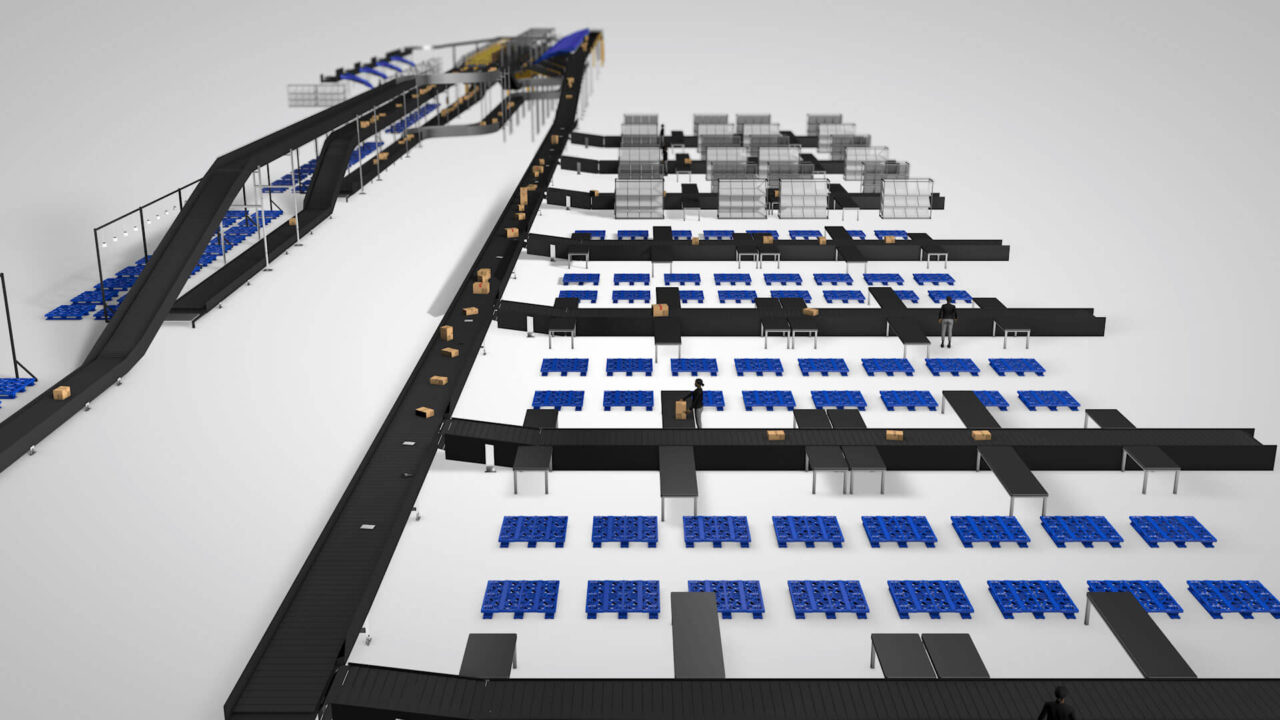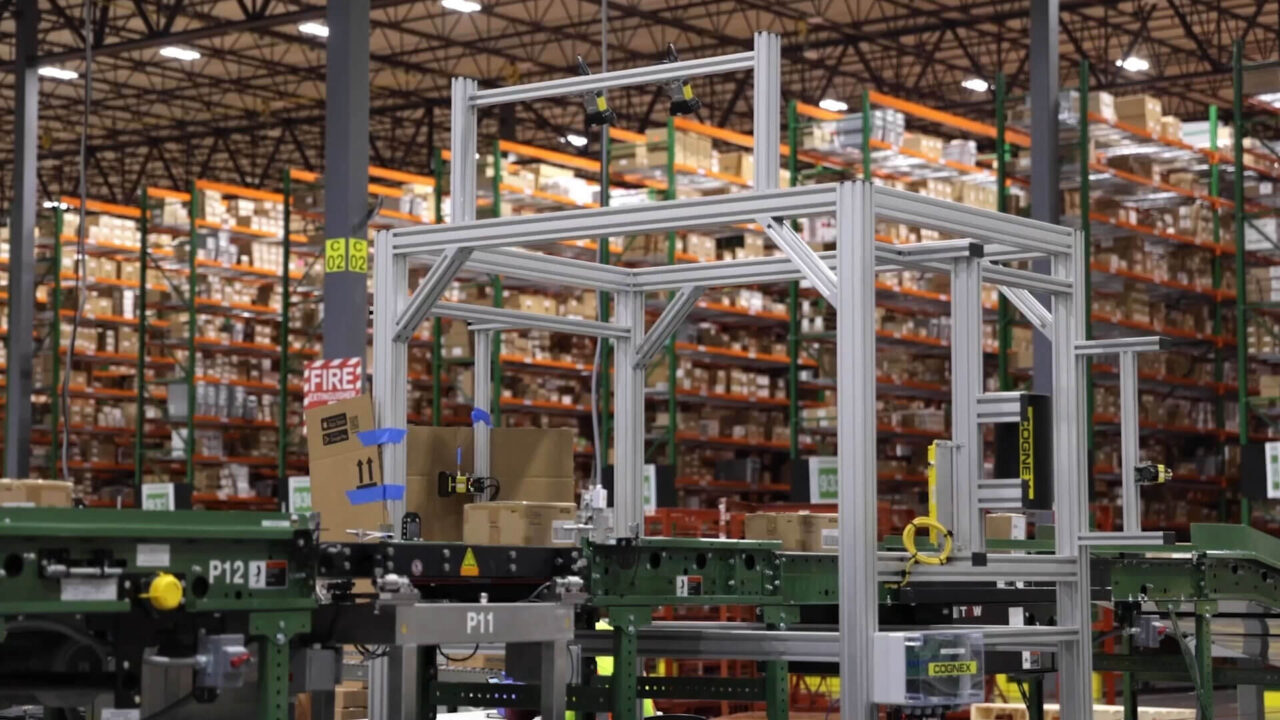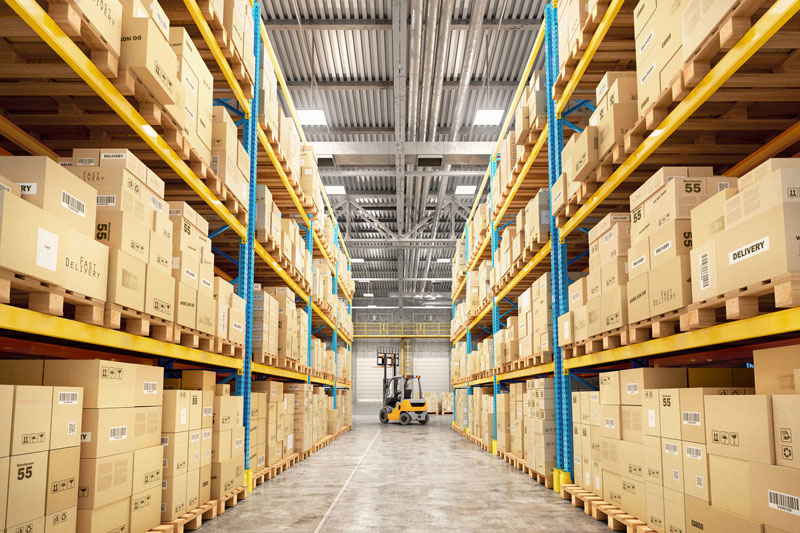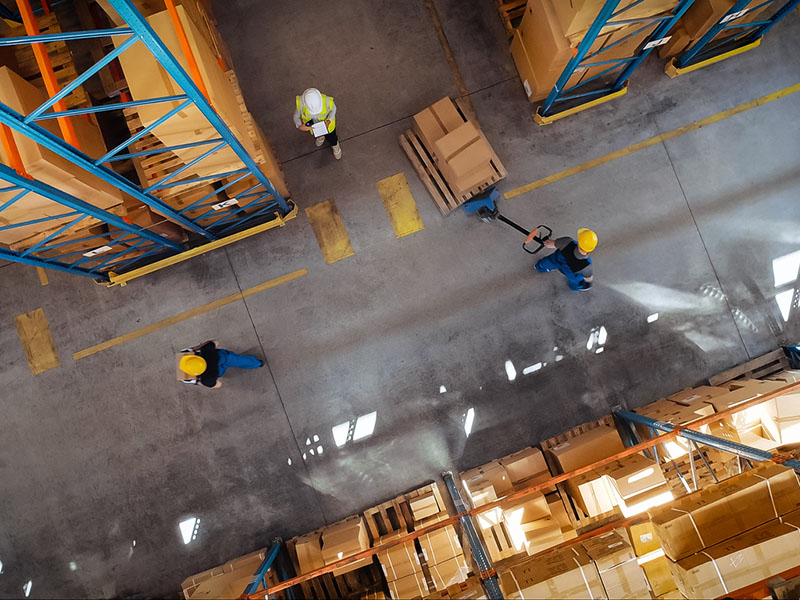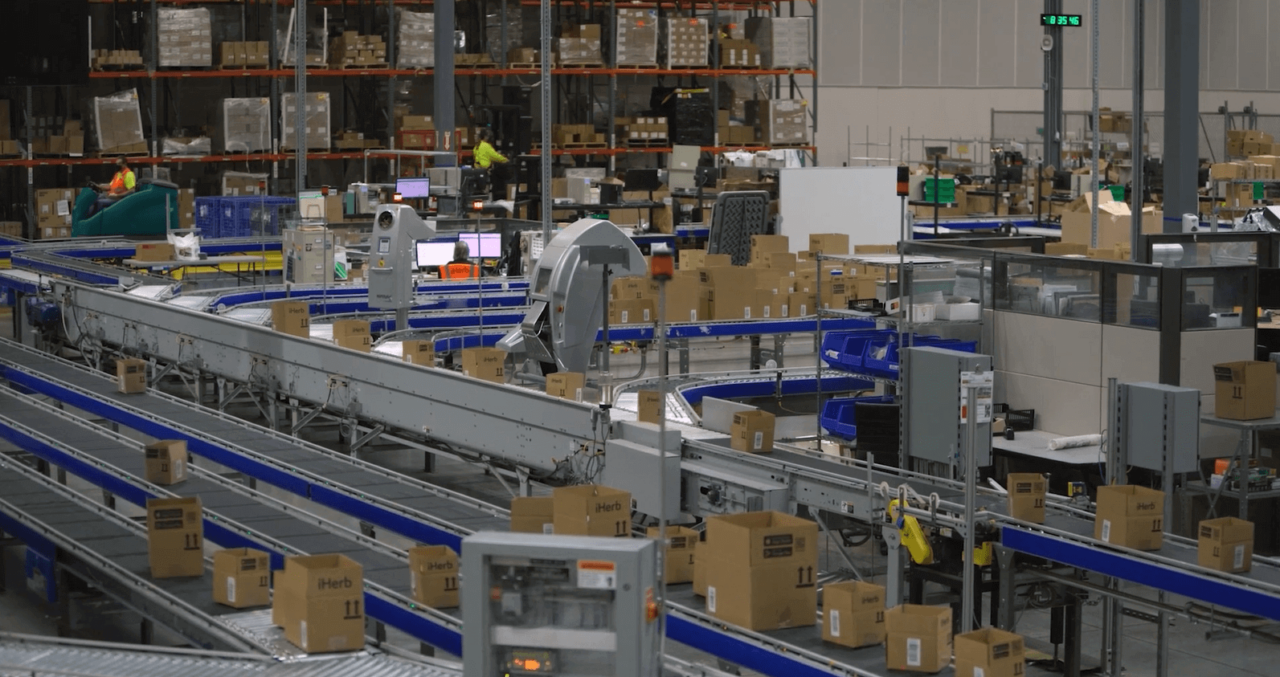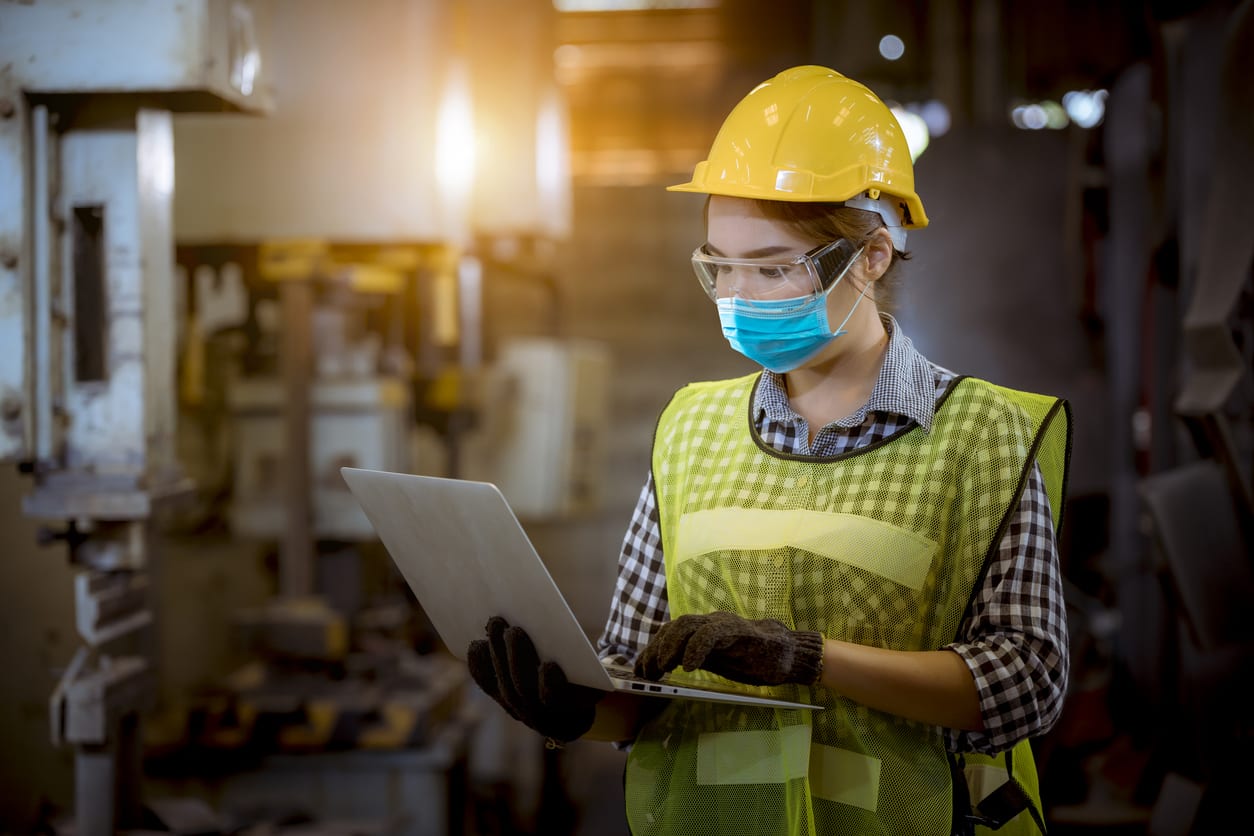Safety on the job is the top priority of warehouses and construction sites. In my role, I ensure that the safety protocols DCS has in place for our contractors – in alignment with Occupational Safety and Health Administration (OSHA) standards (1926) – are followed to minimize the risk of accidents or personal injuries on the job. Many of the safety areas and situations I evaluate in our distribution center job sites are similar to those encountered by warehouse personnel (whose safety is governed by OSHA Standard 1910) as they complete their daily order fulfillment tasks.
Here, I share a few of the key areas I assess – as well as some of the observations I’ve noted over the years – to help operations managers keep their teams safe and productive on the job while meeting. (Please note, I’ve omitted construction-specific audit areas, specifically my evaluations of hand/power tools and welding/cutting equipment, from this list as they are rarely applicable to warehouse operations. It is important, however, that when an operation engages a system integrator that those areas are included as part of their required workplace safety protocols.)
- This category could almost be described as basic, yet it’s also extremely important. A facility should have a variety of policies onsite, including a written safety program, a substance abuse policy, an emergency plan, and accident reporting procedures. OSHA Labor posters and signage should be posted and visible, along with emergency phone numbers (fire, medical, police), and directions to the nearest hospital. First aid kits and eyewash stations should be present. All personnel should complete a safety orientation and records should be kept for verification. We review these practices at the onset of our 5- to 8-week long construction projects as a formal orientation; in a warehousing operation, I encourage managers to repeat that safety training at least annually to maximize employee safety.
- Personal Protective Equipment (PPE). Although OSHA has only issued guidelines for the use of PPE in relation to COVID-19, there are other safety equipment items that should be worn on the job consistently to significantly minimize accidents and injuries. Hard hats are required in construction areas and sometimes in warehouses; both construction and warehousing teams should be outfitted with proper eye, hearing, footwear, glove and other physical protection. Areas with vapor hazards must require respiratory protection. Personnel should also be equipped with reflective vests, and lighting should be adequate, as both ensure greater visibility.
- Hazard Communications. Any facility handling hazardous materials should have a written procedure for their control, storage, and labeling. All employees should be trained on these processes, and a detailed list of hazardous materials inventory should be kept updated, onsite, and easily accessible.
- Fire Prevention. Certain jurisdictions require fire suppression systems within a facility. At the most basic level, however, there should be an adequate number of fire extinguishers placed at highly visible and accessible locations throughout the building or within a construction area. Flammable materials should be properly labeled and stored in approved containers and locations.
- Housekeeping & Sanitation. This is so simple, and yet I find violations of these standards more frequently than any others. Aisles, passages, and walkways should be clear of debris and waste, work areas should be tidy, waste materials should be stacked in a safe, orderly fashion or disposed of properly in designated receptacles. Failures in housekeeping generally can be remediated with additional training.
- Electrical Safety. Many of the inspection points I assess are construction specific, as electrical work is a key aspect of nearly all material handling equipment assembly and installation. For general warehousing, however, lock-out/tag-out programs are absolutely critical for worker safety, particularly during automated or mechanical equipment repair and maintenance activities.
- Health & Well Being. When we work on construction sites as part of an expansion of an existing, operational facility, we establish a boundary that separates the work site from the associates working in the building for the safety of both groups. For a distribution operation, key points include ensuring workers are trained on and using proper lifting techniques to reduce the risk of ergonomic injuries, such as strains, sprains, or other musculoskeletal damage caused from reaching, stretching, bending, twisting, stooping or other potentially harmful motion.
- Fall Protection. Trip hazards should be marked with highly visible safety tape. Additionally, elevated surfaces should be protected with guardrail and personnel working at heights should be equipped with safety harnesses, as well as trained on their proper use.
- Powered, mobile equipment – such as forklifts and man lifts – should be inspected prior to use and include fire extinguishers mounted on the vehicles; their operators should be appropriately certified, as should overhead crane operators.
In addition to ensuring that all these measures are in place, it is critical to establish an ongoing training program to educate all employees on these practices and expectations. Further, safety or operations managers should walk their facility daily (or per shift) to assess worker compliance with these safety protocols.
Of course, violations will be found. The vast majority of mistakes and personal injury are not a deliberate decision, but rather result from a moment’s inattention or a temporary distraction. In my experience, the best way to minimize those lapses – aside from routine training – is frequent, friendly communication. Everybody wants to go home from work in the same physical condition in which they arrived. As a safety professional, my goal is to increase the likelihood of that happening.
Want to learn more about how DCS ensures a safe project implementation? Connect with us.
_

Author
Danny Krause, Senior Site Manager,danny@designedconveyor.com
Danny Krause serves as the Senior Site Manager of Designed Conveyor Systems and has 15+ years of experience in leadership roles with complex integrated conveyance systems for MHE, DC operations, and baggage handling operations. He is a forward-thinking safety specialist with a positive record managing crew, materials, and site activities. In his free time, he enjoys being on the water and spending time with his wife, daughter, and granddaughter.
